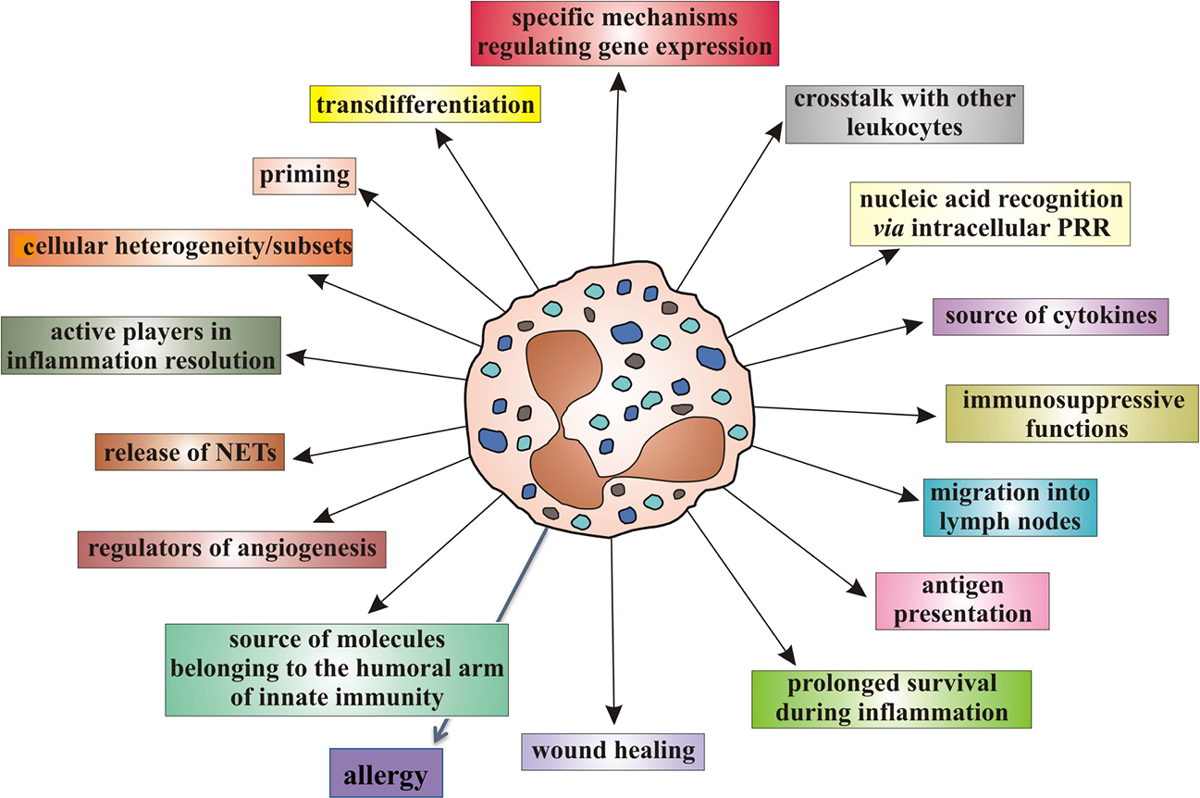Chiropractic and CAM Utilization: A Descriptive Review
Chiropractic & Osteopathy 2007 (Jan 22); 15: 2 ~ FULL TEXT
Dana J Lawrence and William C Meeker
Research Department,
Palmer College of Chiropractic,
1000 Brady Street,
Davenport, IA 52803, USA.
dana.lawrence@palmer.edu
OBJECTIVE: To conduct a descriptive review of the scientific literature examining use rates of modalities and procedures used by CAM clinicians to manage chronic LBP and other conditions
DATA SOURCES: A literature of PubMed and MANTIS was performed using the key terms Chiropractic; Low Back Pain; Utilization Rate; Use Rate; Complementary and Alternative Medicine; and Health Services in various combinations.
DATA SELECTION: A total of 137 papers were selected, based upon including information about chiropractic utilization, CAM utilization and low back pain and other conditions.
DATA SYNTHESIS: Information was extracted from each paper addressing use of chiropractic and CAM, and is summarized in tabular form.
RESULTS: Thematic analysis of the paper topics indicated that there were 5 functional areas covered by the literature: back pain papers, general chiropractic papers, insurance-related papers, general CAM-related papers; and worker’s compensation papers.
CONCLUSION: Studies looking at chiropractic utilization demonstrate that the rates vary, but generally fall into a range from around 6% to 12% of the population, most of whom seek chiropractic care for low back pain and not for organic disease or visceral dysfunction. CAM is itself used by people suffering from a variety of conditions, though it is often used not as a primary intervention, but rather as an additional form of care. CAM and chiropractic often offer lower costs for comparable results compared to conventional medicine.
From the FULL TEXT Article:
Background
Low back pain (LBP), especially in its chronic form, is a significant and continually growing health care problem for which the public seeks a great deal of expensive and potentially risky care. Recent research on the popularity and perceived effectiveness of complementary and alternative medicine (CAM) and integrative medicine for the treatment of both neck and LBP indicates that the public uses these forms of care in larger proportions than they do conventional medical care. [1] The effective and appropriate integration of CAM approaches with conventional medical interventions may be significantly enhanced and best accomplished with clear and concise evidence-based recommendations for the use of various CAM procedures and approaches to low back pain management. Ten years ago, the 1994 Agency for Health Care Policy and Research guidelines on back pain recommended the use of spinal manipulation as one important treatment option. [2] Since that time a great deal of new research information has been added to the scientific literature and this suggests to us that it is time to revisit those recommendations and to revise, update and reconsider them. Furthermore, other CAM modalities must, by necessity, also be considered, as should exercise therapy.
This paper is part of the second phase of a project addressing the long-term goal. The first phase was the development of a best practice document in concert with the Council on Chiropractic Guidelines and Practice Parameter; that effort is currently under review by the chiropractic profession. The long-term goal of this study is to review the existing literature, update and develop new and newly revised evidence-based best practice recommendations for the treatment and management of chronic and episodic LBP by chiropractors and other CAM practitioners. One of our specific aims was to compile a narrative review of the scientific literature to determine use rates of modalities and procedures used by CAM clinicians to manage chronic LBP and other conditions.
Read the rest of this Full Text article now!





Leave A Comment